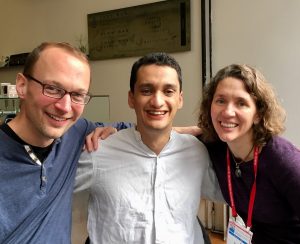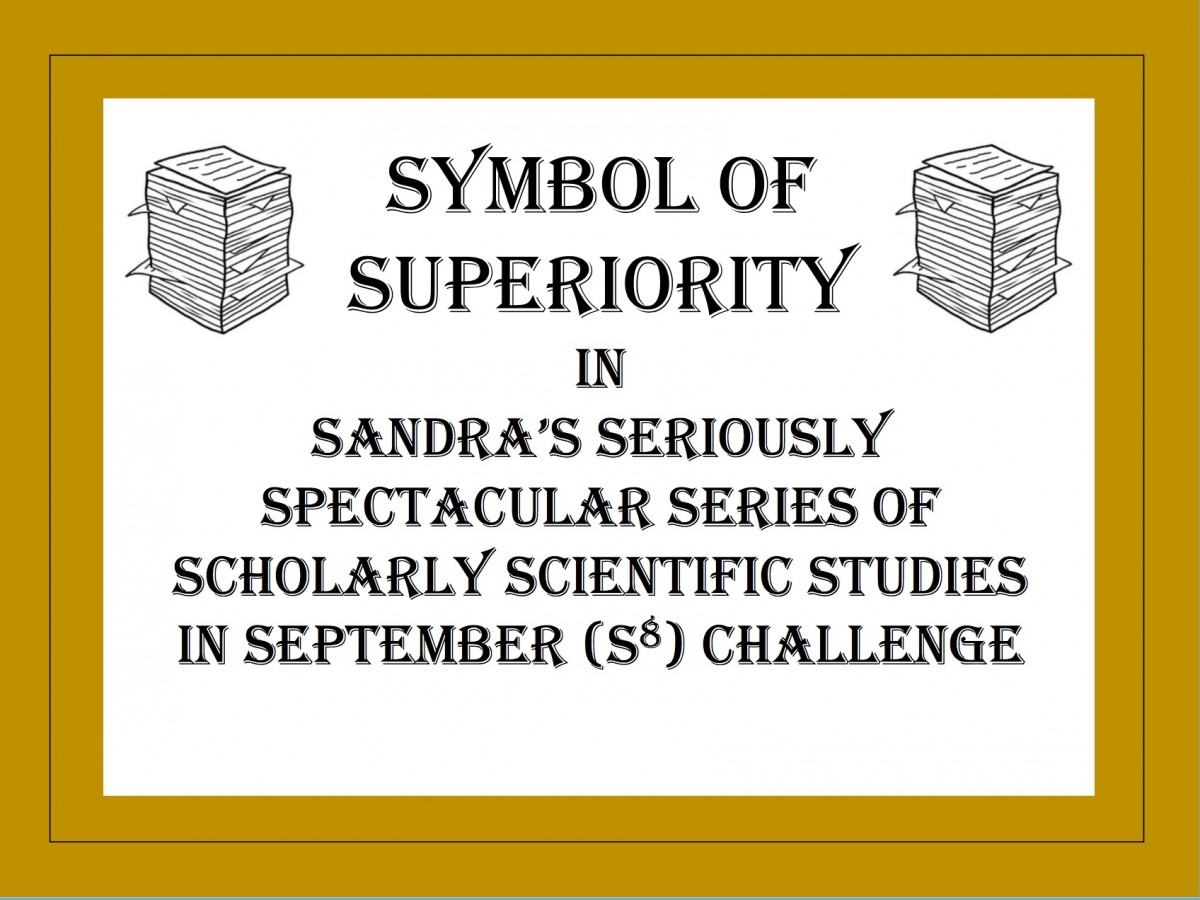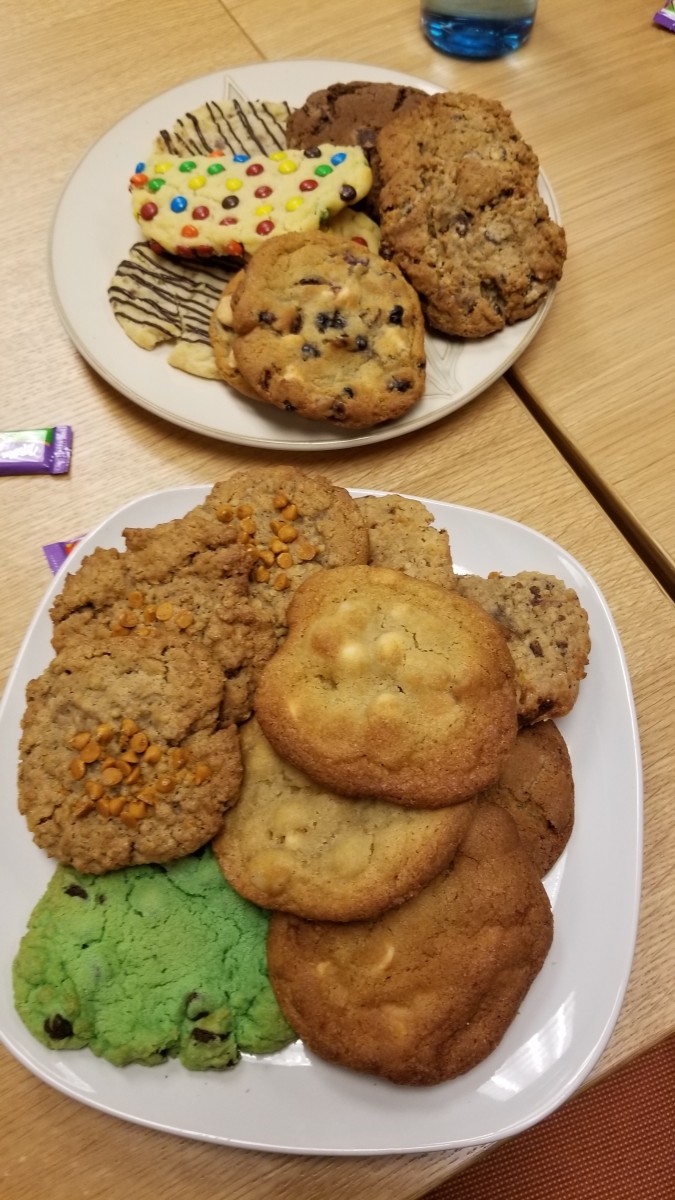 We celebrated Nicole’s birthday today at the Gerardo/de Roode lab meeting with cookies and chocolates! Unfortunately, Nicole (nor Jaap) was able to make it. We still enjoyed the sweet treats in her honor, who always brings us treats every other lab meeting. We wish you a wonderful birthday, Nicole!
We celebrated Nicole’s birthday today at the Gerardo/de Roode lab meeting with cookies and chocolates! Unfortunately, Nicole (nor Jaap) was able to make it. We still enjoyed the sweet treats in her honor, who always brings us treats every other lab meeting. We wish you a wonderful birthday, Nicole!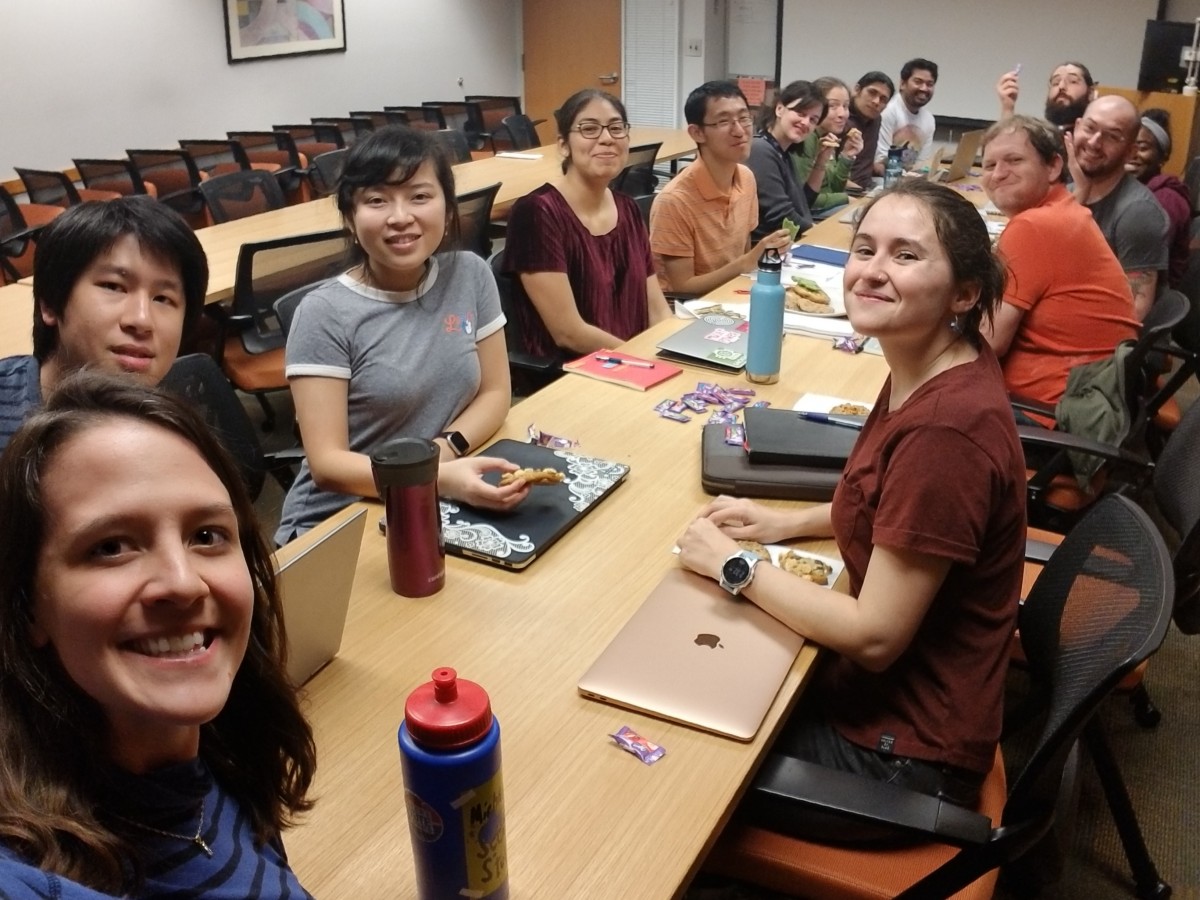
Category Archives: Uncategorized
Happy Holidays from the Gerardo Lab to You
by Kim Hoang

Attine 2018
With support from Emory’s SPRINT program with the São Paulo Research Foundation (FAPESP), we brought a small group of biologists together to explore latest research and potential for collaboration in studying the evolution of the fungus-growing ant symbiosis. Attendees included (from left to right in the photo): top row, Cameron Currie (Wisconsin), Andre Rodrigues (UNESP-RC – Brazil), Tim Read (Emory), Kendra Autumn (Utah), Bryn Dentinger (Utah), Caio Leal-Dutra (Aberystwyth), Aileen Berasategui (Emory), Ted Schultz (Smithsonian); bottom row, Caitlin Conn (Emory), Nicole Gerardo, Quimi Montoya (UNESP, Emory) and Mauricio Bacci (UNESP-RC).
It was an amazing few days of science.
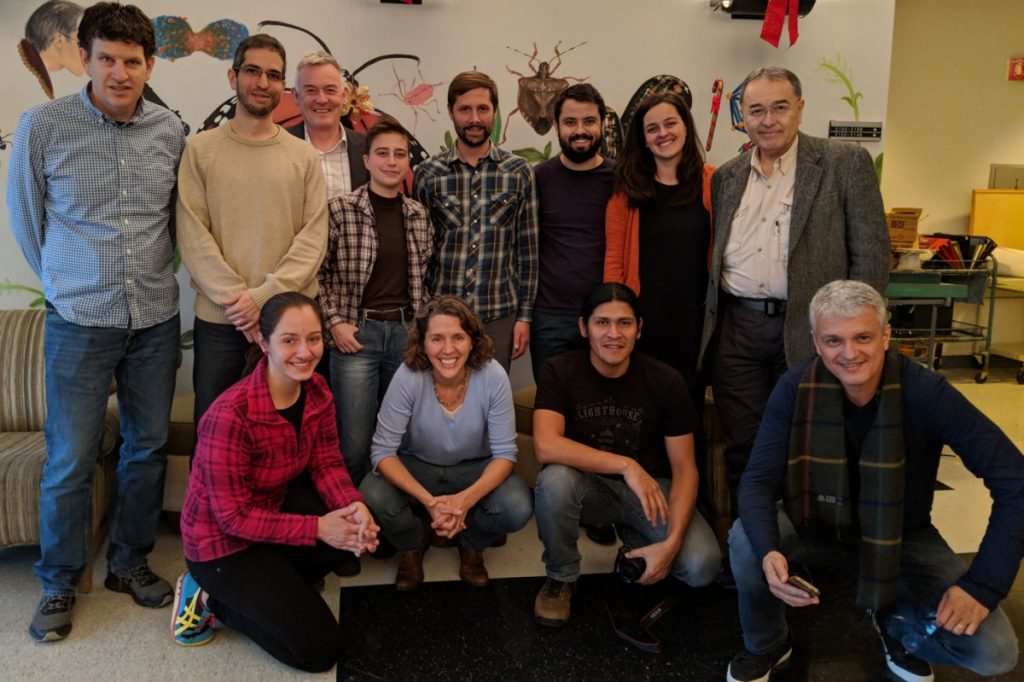
Reunited
Nicole had the opportunity to see former lab techs Tarik Acevedo and Tiff Alcaide while visiting Penn State this week. Tarik is currently a grad student in soil sciences at Penn State, and Tiff is a lab tech in soil sciences.
Great to see these two!
ESA 2018
The Entomological Society of America Meeting brought together researchers from around the world studying insect symbioses. Jacob Russell and Molly Hunter organized a great session.
One worm at a time…
Quote
Today, Kim Hoang sent the following:
“I finished experimental evolution!! It took over a year: July 13, 2017 – November 8, 2018”
What an amazing accomplishment. Kim’s experiment focuses on the evolution of a novel beneficial symbiosis between C. elegans and a bacteria that protects them from heat shock. So much work!
Aphids, Wings, Fungus: A Tale of Many Experiments
We recently had a paper come out examining under what conditions aphids begin to produce winged offspring upon fungal infection (Tan et al. 2018). Following on a previous paper from another group suggesting that aphids produce winged offspring upon fungal infection, our research started as a rotation project by Wen Hao Tan to examine whether bacterial symbionts that protect against fungal pathogens would alter the response. Through a set of careful experiments by Wen Hao, Miguel Reyes and Kim Hoang, we show that aphids do produce more winged aphids after fungal infection…. sometimes. Why it happens sometimes and not others, despite our best efforts, is not yet clear. Fredrick Leon, an undergrad in the lab, is following up now.
New Arrivals: Scott and Quimi
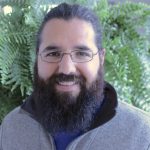 Dr. Scott Villa recently joined the laboratory as an IRACDA FIRST program postdoctoral fellow. Scott received his PhD from the University of Utah, where he conducted a series of elegant experiments to study the impacts of lice adaptation to alternative pigeon hosts. This work was with Dale Clayton.
Dr. Scott Villa recently joined the laboratory as an IRACDA FIRST program postdoctoral fellow. Scott received his PhD from the University of Utah, where he conducted a series of elegant experiments to study the impacts of lice adaptation to alternative pigeon hosts. This work was with Dale Clayton.
Scott will be developing the squash bug – Burkholderia system as a model to explore the impacts of symbiosis on sexual selection, hybridization, and reproductive isolation.
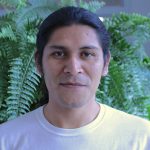 Quimi Vidaurre Montoya is a graduate from the laboratory of Andre Rodrigues. He is a mycologist studying the diversity, evolution and taxonomy of Escovopsis, a fungal parasite associated with the gardens of fungus-growing ants. We are excited to bring his expertise and love for fungi into the lab.
Quimi Vidaurre Montoya is a graduate from the laboratory of Andre Rodrigues. He is a mycologist studying the diversity, evolution and taxonomy of Escovopsis, a fungal parasite associated with the gardens of fungus-growing ants. We are excited to bring his expertise and love for fungi into the lab.
Sandra’s Seriously Spectacular Series of Scholarly Scientific Studies in September
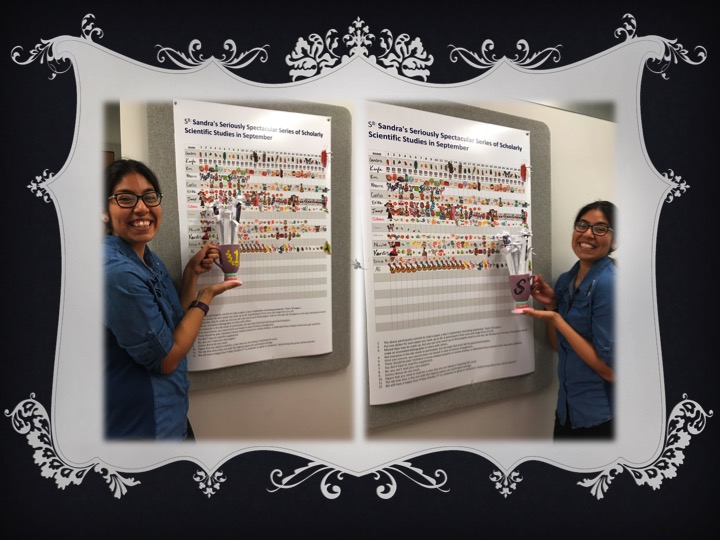 The Gerardo and de Roode labs recently completed the S8 challenge–Sandra’s Seriously Spectacular Series of Scholarly Scientific Studies in September–where each person reads a paper a day everyday in the month of September. We challenged the Corbett lab to compete with us, but some might say the intra-lab competition was more intense. Our average was 24 papers read per person over the month. Fittingly, as the namesake of the challenge, Sandra was the first in the lab to finish the reading challenge (we could read up to 3 papers a day). Above, she poses with the winner’s trophy next to our poster that tracks each person’s progress with stickers! The trophy is made from an ancient lab relic and filled with paper flowers. All in all, we all had a great experience participating in the challenge–it got us to read papers we would normally put off reading, we learned about cool science, and we got stickers for each day we read, which is to say, the best motivator of all.
The Gerardo and de Roode labs recently completed the S8 challenge–Sandra’s Seriously Spectacular Series of Scholarly Scientific Studies in September–where each person reads a paper a day everyday in the month of September. We challenged the Corbett lab to compete with us, but some might say the intra-lab competition was more intense. Our average was 24 papers read per person over the month. Fittingly, as the namesake of the challenge, Sandra was the first in the lab to finish the reading challenge (we could read up to 3 papers a day). Above, she poses with the winner’s trophy next to our poster that tracks each person’s progress with stickers! The trophy is made from an ancient lab relic and filled with paper flowers. All in all, we all had a great experience participating in the challenge–it got us to read papers we would normally put off reading, we learned about cool science, and we got stickers for each day we read, which is to say, the best motivator of all.
Undergrad Kino Maravillas receives research funding
by Nicole Gerardo
Kino received a grant from Emory to fund his collaborative research with postdoc Erika Diaz-Almeyda on how milpa agriculture (the planting of corn, beans and squash together) shapes the soil microbial community. The planting experiments were carried out at Oxford Farm, near Emory’s Oxford campus. We are so grateful for their support.

